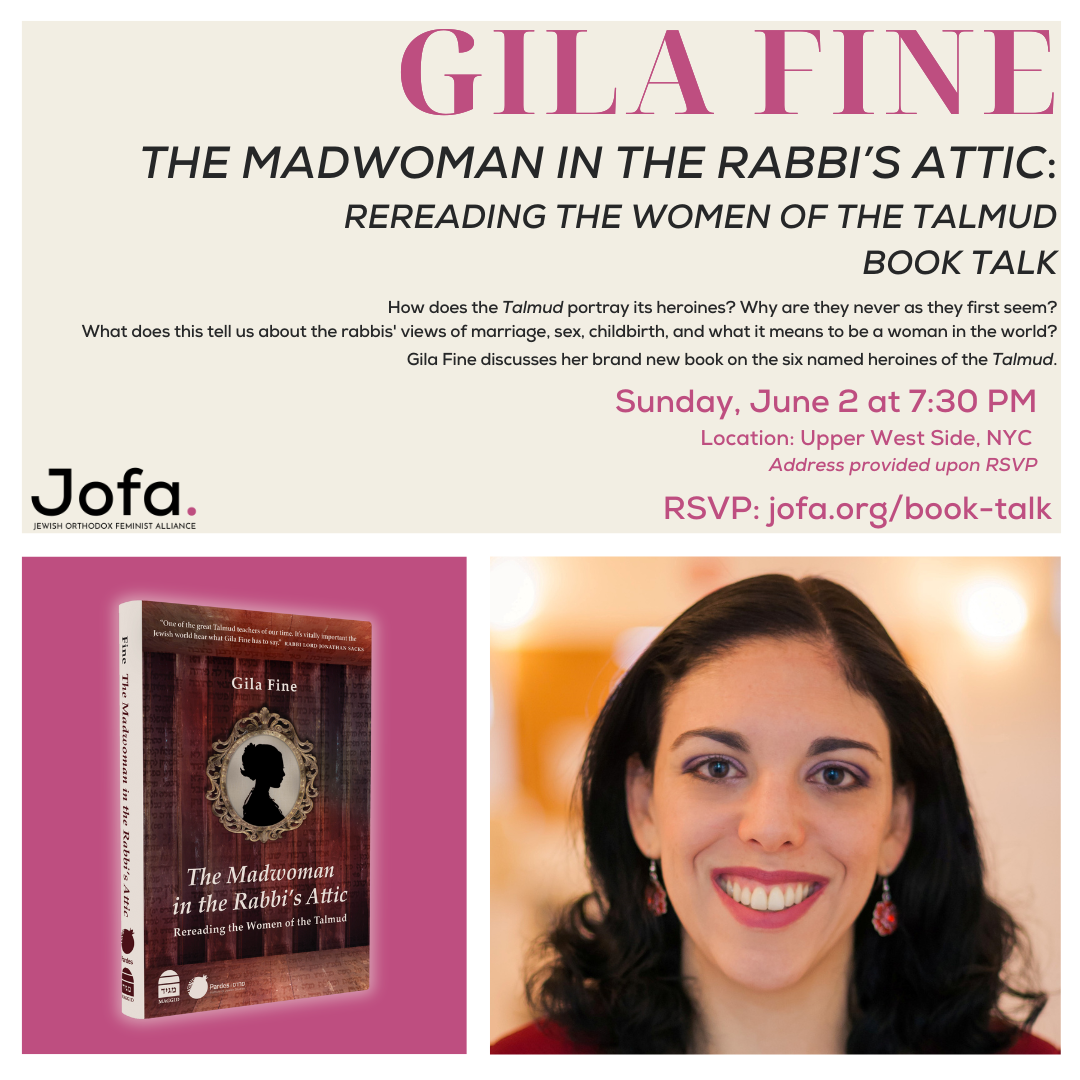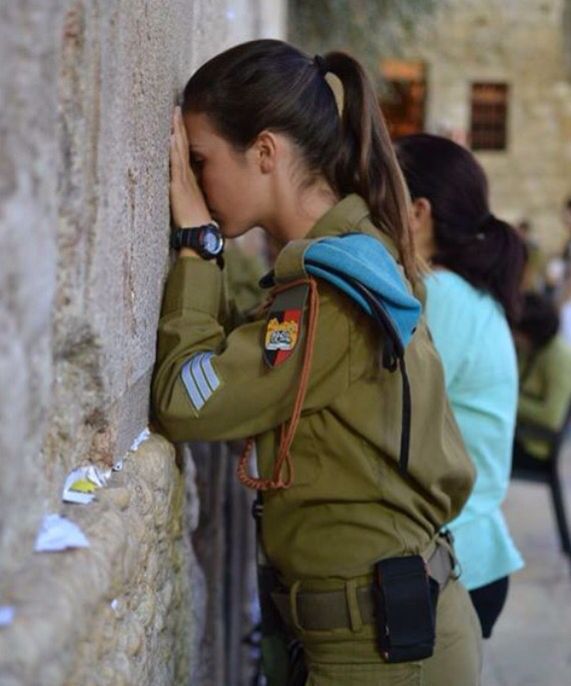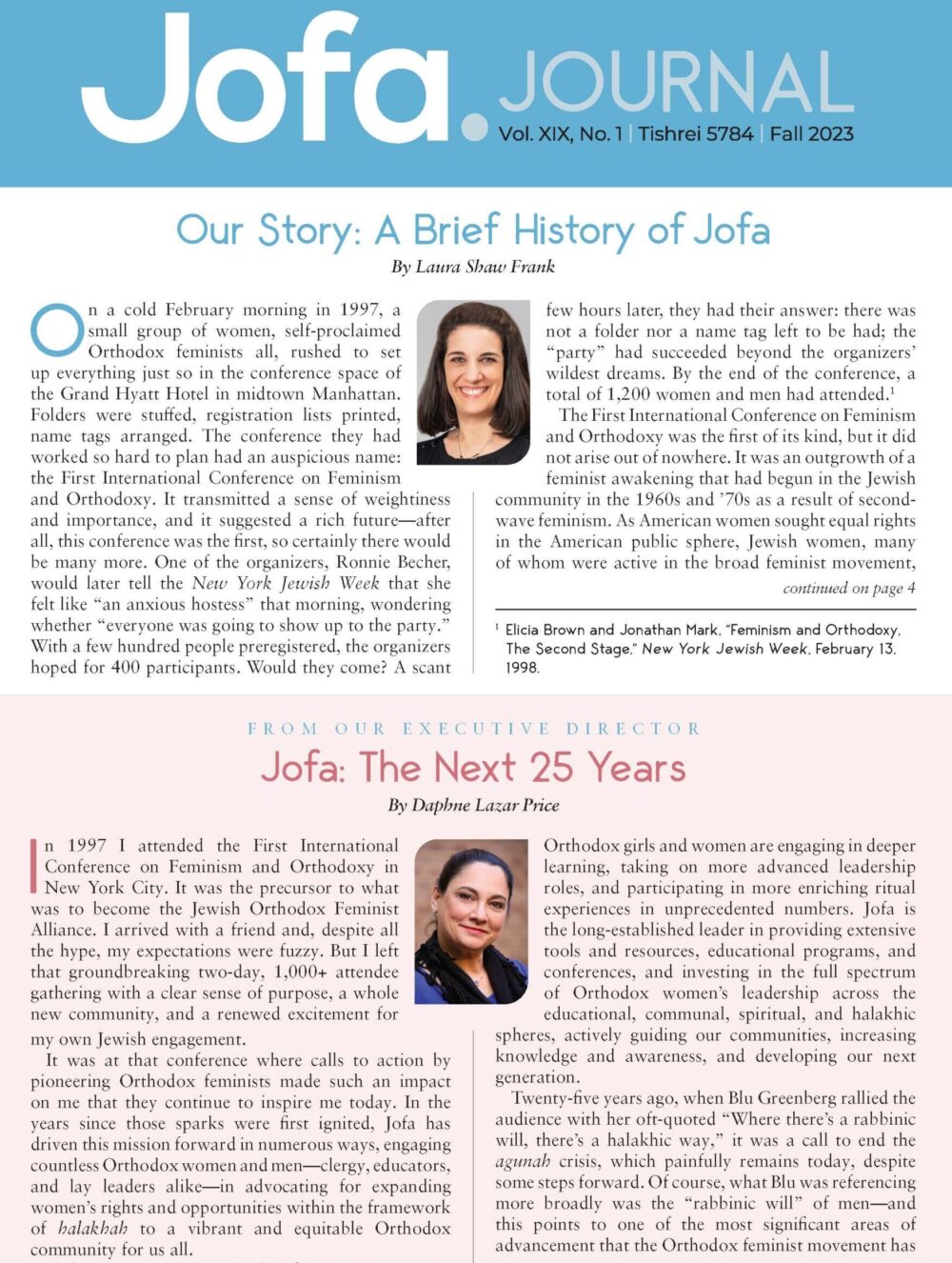By Adam Starr
Buildings can speak. Not with words, but with values—the values of their builders and the communities that use them.
Thanks to the extreme generosity of our membership, we at the Young Israel of Toco Hills in Atlanta were privileged to design, build, and move into our brand new state-of-the-art spiritual home on Rosh Hashanah 5775. This was one of the most rewarding times in my rabbinate—working with my community, with the building committee, and with the architect to design—literally from scratch—the shul we wanted for ourselves, our children, and future generations.
We needed to build a new shul because we had outgrown our previous space. We had assembled a larger property on which to build a beit knesset befitting our growing membership. I regularly shared with the congregation that we were not just building to have more room but, more significantly, we were also constructing a sacred space that would reflect our community’s values. We went about this process by identifying the core values of the community and building the physical space of the community on those foundations. An example of this process was our commitment to the environment and the greater world around us. This resulted in our being the first Orthodox congregation in the world to build a shul from the ground up certified by environmentally sustainable standards, receiving Earthcraft Gold Certification from the Southface Energy Institute, an environmental group. The new shul was honored with the Congregation of the Year Award for Environmental Stewardship from Georgia Interfaith Power and Light in 2015.
A Message of Inclusion
We also wanted our beit knesset, and especially the sanctuary, to send the message of inclusion. The design—and the space itself—should articulate that everyone is equally welcome and equally valued in our spiritual home. To emphasize that this is a sacred space, an anteroom was created outside the main sanctuary to reflect the transition as congregants move from the secular world into the sacred one. Spanning the men’s and women’s entrances to the sanctuary is the verse “Mah tovu ohalekha Yaakov, mishkenotekha Yisrael” (“How fair are your tents, O Jacob, your dwellings, O Israel”), inviting the congregants to take a moment to contemplate their entrance into this different realm.
The design of the main sanctuary is circular, with every seat positioned in such a way as to make no one feel as if they were “at the back” and not central to the tefillah. There are ramps up to the bimah and the aron hakodesh, as well as a special shulhan that can be lowered to the height of a wheelchair, making our space accessible and welcoming to all. It was therefore important that our space—and, specifically, our mehitzah—would send the message of inclusion to both men and women. Structuring our mehitzah to abide by our strict commitment to halakhah while at the same time making women feel included was a guiding principle for me in advising the building committee. This requirement was also supported by the results of a membership survey that overwhelmingly wished for “equal seating for men and women in terms of placement of the mehitzah.”
Through my sermons and teachings, I shared with my congregation that I wanted our mehitzah to send the message that we are a complete tzibur only when the voices of both men and women emerging from their separate prayer spaces join together as one to form the unified voice of the community in prayer. The sanctuary was therefore designed to be completely symmetrical, with the mehitzah straight down the middle, bisecting the bimah from which the Torah is read in the exact center of the room. In a creative way, mehitzot on both sides actually form the walls around the bimah itself, serving a dual function. The sightlines are identical. The upper third of the mehitzah is transparent, to allow for complete visibility and a feeling of openness and unity while davening.
Through this design, the sanctuary space speaks for itself. Women’s presence in shul is not as spectators, but as participants. Women’s presence and tefillot matter, and we are an incomplete tzibur without them. The conductor may need to be male, but the orchestra producing the symphony consists of men and women equally.
The mehitzah is the most prominent feature of our sanctuary. We designed it not only to be a divider, but also to be a piece of art. It stands as a proud symbol of our commitment to halakhah and Orthodoxy, structured to show that although our tefillot may emerge from separate sides for men and women, they merge together as one whole, complete voice of our kehillah before the Ribono Shel Olam.
Rabbi Adam Starr is the spiritual leader of the Young Israel of Toco Hills in Atlanta. He thanks the building committee, led by Kerri Snow, and the architect, Kyle Epstein, for their partnership in envisioning the new YITH building.
[callouts, if necessary]
We are a complete tzibur only when the voices of both men and women emerging from their separate prayer spaces join together as one to form the unified voice of the community in prayer.
The mehitzah is the most prominent feature of our sanctuary. We designed it not only to be a divider, but also to be a piece of art.











